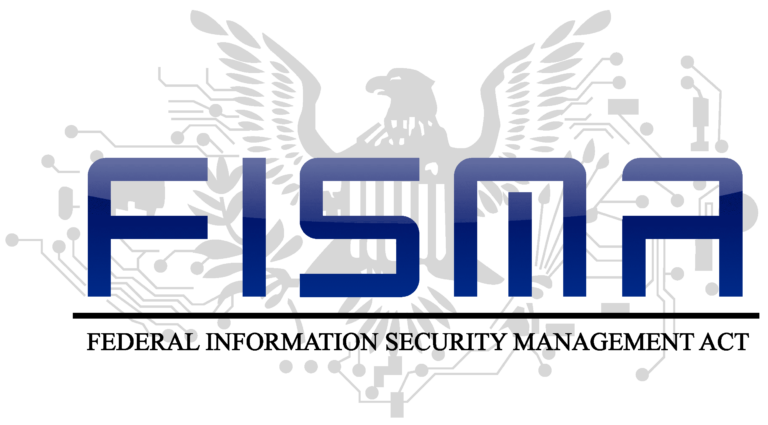In the realm of federal information security, the Federal Information Security Modernization Act (FISMA) stands out as a pivotal framework, guiding agencies and contractors in safeguarding the nation’s digital assets. But understanding FISMA isn’t just about ticking boxes on a compliance checklist. It’s about embracing a dynamic, risk-based approach to secure sensitive information and systems that underpin government operations.
FISMA in Context
FISMA, enacted as part of the E-Government Act of 2002 and updated in 2014, mandates federal agencies to develop, document, and implement a comprehensive program to ensure the security of their information systems. This includes systems operated on behalf of an agency by contractors or other entities. The modernization in 2014 refined FISMA’s framework to adapt to evolving cyber threats, emphasizing continuous monitoring and a strategic focus on risk management over procedural compliance.
The NIST Risk Management Framework (RMF)
Central to FISMA’s implementation is the National Institute of Standards and Technology (NIST) Risk Management Framework (RMF). This 7-step process provides a structured approach to managing security and privacy risks, tailored to the complexities of federal information systems. The steps – from preparing and categorizing systems to selecting, implementing, assessing, authorizing controls, and continuous monitoring – form a cyclical process that ensures a state of constant vigilance and adaptation.
Who Needs to Comply with FISMA?
FISMA’s reach extends beyond federal agencies. Contractors, and other entities managing federal information systems or processing data on behalf of the government, are also under its umbrella. This collective responsibility ensures a fortified defense against cyber threats across all levels of government operations.
Why FISMA Matters?
In today’s digital age, where cyber threats are increasingly sophisticated, FISMA’s emphasis on a risk-based, continuous monitoring approach is more relevant than ever. It’s not merely about compliance but about instilling a culture of security that aligns with the strategic goals of the federal government and protects the nation’s digital infrastructure.
Empowering Agencies with Knowledge and Tools
By leveraging NIST’s guidelines and the RMF, agencies and their partners can not only meet FISMA requirements but also enhance their overall cybersecurity posture. This proactive stance is crucial for anticipating, responding to, and recovering from cyber incidents with minimal impact on national security and public trust.
As we navigate the complexities of the digital era, FISMA serves as a beacon, guiding federal entities in their quest to secure the nation’s critical information infrastructure. It’s a testament to the government’s commitment to a secure, resilient digital future.
For more detailed information on FISMA and the NIST RMF, visit the NIST’s dedicated risk management project page.


